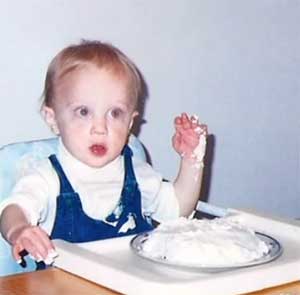Stony Brook Children’s Hospital’s Pediatric Rheumatologist Dr. Julie Cherian addresses the most common questions from parents — and discusses what they can do if they suspect their child may have arthritis.
Is arthritis really that common in children? “Yes and that’s why awareness is so important,” says Julie Cherian, Pediatric Rheumatologist at Stony Brook Children’s Hospital. “Collectively, the term referring to arthritis in children is Juvenile Idiopathic Arthritis (JIA). The most important thing about JIA is to diagnose and treat it early. Left unchecked, it can cause serious, irreversible side effects, including blindness, stunted growth and lifelong disabilities.”
What are the signs and symptoms? “Unfortunately, many of the symptoms of JIA mimic those of other diseases, so a diagnosis of juvenile arthritis is one of exclusion,” says Dr. Cherian. “That is, we have to rule out other illnesses over time before we can definitely say a child has arthritis.”
If your child shows any of the following, Dr. Cherian suggests talking with your primary care physician, pediatrician or a pediatric rheumatologist about investigating the possibility of juvenile arthritis further:
• Stiffness in the morning. This could mean impaired or slowed mobility after awakening. Smaller children who are already walking may crawl or want to be held when they first get up.
• Warm, swollen or tender joints. Knees and ankles are most common sites, but symptoms could appear in other joints as well.
• Fatigue, weight loss, lack of appetite, slowed activity level.
• “Growing pains.” Sometimes parents think that when a child complains of joint or leg pain, it is just “growing pains.” This is a common misconception. Growing pains affect the whole leg, and the pain is diffuse, especially at night. If a child is stiff, especially in the morning, investigate further.
How is JIA diagnosed? “There is no specific laboratory test to diagnose JIA,” says Dr. Cherian. “The diagnosis is made through a careful physical examination, a thorough medical history and by ruling out other diagnoses.”
Dr. Cherian says it is important to note the duration of symptoms and carefully examine the joints including measuring leg lengths and checking for joint contractures. JIA is usually a diagnosis of exclusion made over time.
“We may run tests and perform lab work to ensure the symptoms are not caused by another disease,” says Dr. Cherian. “Once confirmed, we start treatment immediately.”
What is the best treatment? “At Stony Brook Children’s, we believe that aggressive treatment as early as possible offers the best possible outcome,” says Dr. Cherian. “Depending on the severity, we can prescribe from a wide range of medications. This includes common anti-inflammatories and pain relievers, DMARDs (disease modifying drugs, for example, methotrexate), and a new class of drugs known as biologics or anti-TNFs (tumor necrosis factor). These latter medications have had amazing success. Children who once would have needed a wheelchair are now living a “normal” life — walking, running and participating in all the same activities as their peers.”

















Related Items
Ayurvedic Whole System effective in managing Rheumatoid Arthritis
Yoga can bring relief for Rheumatoid Arthritis patients
Exercise Can Help Treat Arthritis